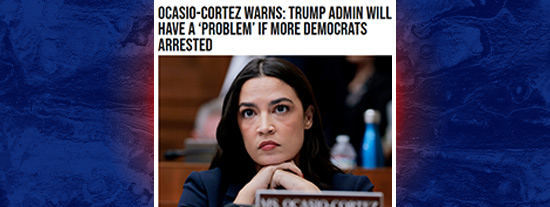Job Growth Falls Way Short Of Expectations As Unemployment Ticks Up

According to Bureau of Labor Statistics data released on Friday, the U.S. created 175,000 jobs in nonfarm payrolls during April. The unemployment rate increased to 3.9%.
Reuters reported that economists expected the country to add 243,000 new jobs in April, compared to 303,000 in March’s initial estimates, and that unemployment would remain at 3.8%. Job gains are accompanied by recent slow economic growth. Gross domestic product in the first quarter 2024 was only 1.6% higher than it was in the previous year.
The Federal Reserve has set a 2% inflation target. However, the rate of inflation in March was 3.5%, up from 3.2%. This is far above this. Many market observers speculate that the U.S. is either entering or already is in a stagflation period due to persistently high inflation and low economic growth.
A low unemployment rate and other factors have led to many to deny that the U.S. faces stagflation. Federal Reserve Chair Jerome Powell said on Wednesday he does not see “the Stag or Flation”. The Fed has announced that it will not change the federal funds rate, which is currently at 5.25% to 5.50%. This rate was set at this level in order to control inflation and to stabilize the economy.
|
The growth of U.S. businesses productivity also slowed to just 0.3% in the first quarter, and manufacturing productivity only increased by 0.2%. This casts doubt on future growth rates that rely in part on productivity increases. The Treasury Department reports that the growth has been fuelled by increased government spending. This has caused the national debt to reach over $34.6 trillion on April 30.
The federal government has revised previous jobs figures after they were first announced. In 2023, the government will have overestimated the number of U.S. jobs by 1,255,000 cumulatively. This is equivalent to an average monthly increase of 105,000.









No Comments